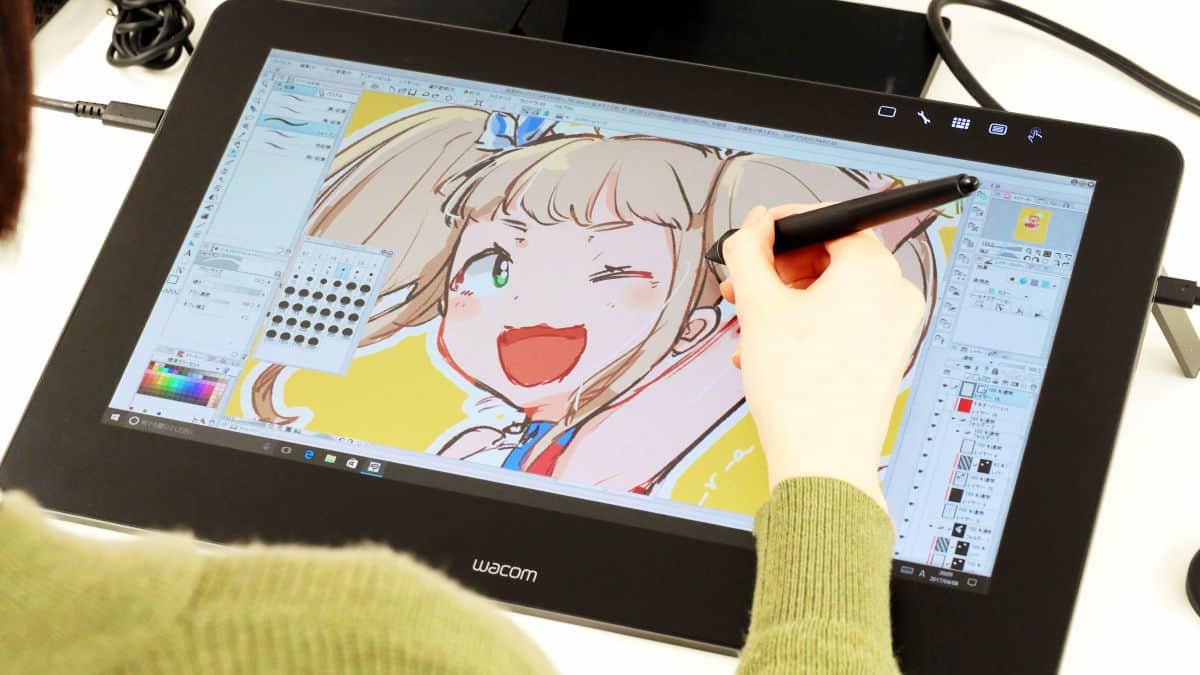
Graphic tablets, also known as pen tablets or drawing tablets, are a digital input device that allows artists, designers, and photographers to create digital artwork with the help of a stylus pen. They are widely used in industries such as animation, film, gaming, and graphic design. In this article, we will discuss the different aspects of graphic tablets that will help you understand their functionality and decide which one is best for you.
How do Graphic Tablets Work?
A graphic tablet consists of two parts: the tablet and the stylus pen. The tablet is a flat surface with a sensitive layer that detects the movement and pressure of the stylus pen. The stylus pen is similar to a traditional pen or pencil, but it has no ink. It has a tip that interacts with the tablet surface to create digital lines and strokes.
When you use a stylus pen on a graphic tablet, the movement of the pen is transmitted to the computer. This allows you to draw, sketch, or paint directly onto the computer screen with precision and control.
Types of Graphic Tablets
There are two types of graphic tablets: standalone and non-standalone.
Standalone graphic tablets are also known as display tablets. These tablets have built-in screens, and you can draw directly on the screen with a stylus pen. Standalone tablets are more expensive than non-standalone tablets, but they offer a more natural drawing experience and better accuracy.
Non-standalone graphic tablets are also known as pen tablets or drawing tablets. These tablets do not have built-in screens, and you have to connect them to a computer or laptop to use them. Non-standalone tablets are less expensive than standalone tablets, but they require some time to get used to because you have to look at the computer screen while drawing on the tablet.
Features to Consider
Before buying a graphic tablet, there are some features you should consider to make an informed decision.
Pressure Sensitivity: Pressure sensitivity refers to the level of pressure required to create a line or stroke. The higher the pressure sensitivity, the more control you have over the thickness and opacity of the lines and strokes.
Resolution: Resolution refers to the number of lines per inch (LPI) that a tablet can detect. The higher the resolution, the more detail you can achieve in your artwork.
Size: The size of the tablet is an essential factor to consider because it affects your comfort and the level of detail you can achieve. Smaller tablets are more portable, but they offer less space for drawing. Larger tablets offer more space for drawing, but they are less portable.
Compatibility: Check the compatibility of the tablet with your computer or laptop before buying. Some tablets are designed for Windows, while others are designed for Mac. Also, make sure that the tablet is compatible with the software you want to use.
Conclusion
Graphic tablets are an excellent tool for artists, designers, and photographers to create digital artwork. They offer a more natural drawing experience and better accuracy than a mouse or touchpad. When choosing a graphic tablet, consider the features that are essential for your work and your budget. With a little research, you can find a graphic tablet that suits your needs and helps you create amazing digital artwork.

